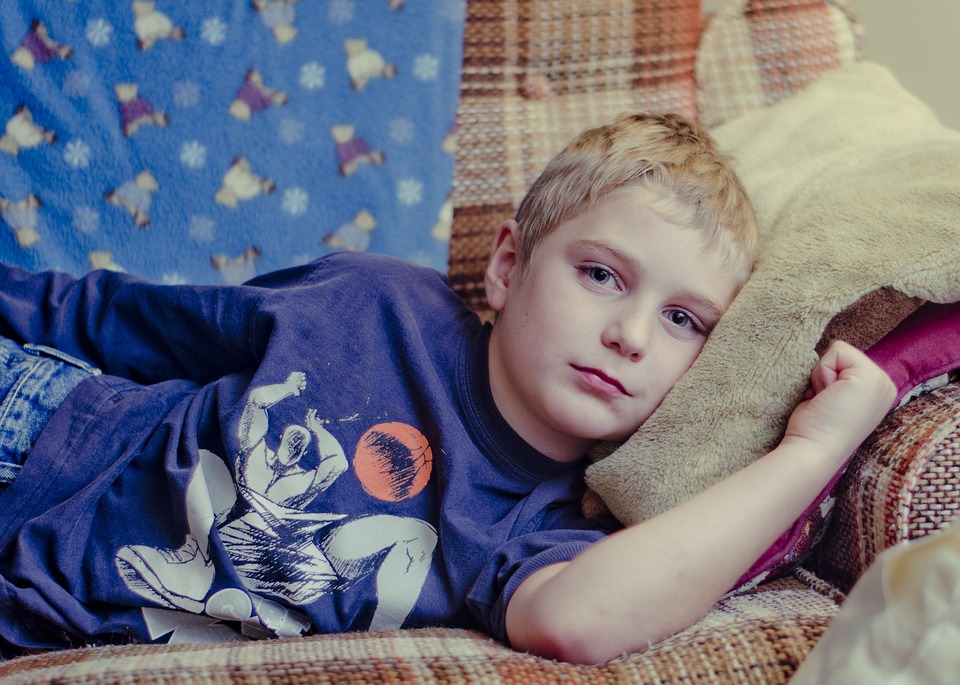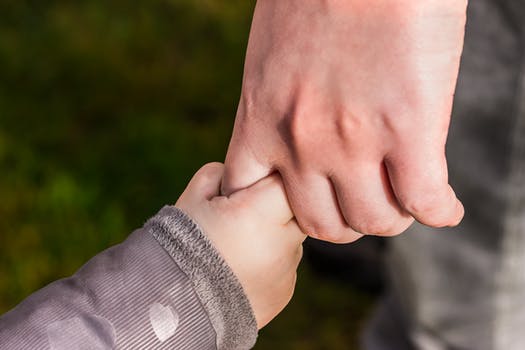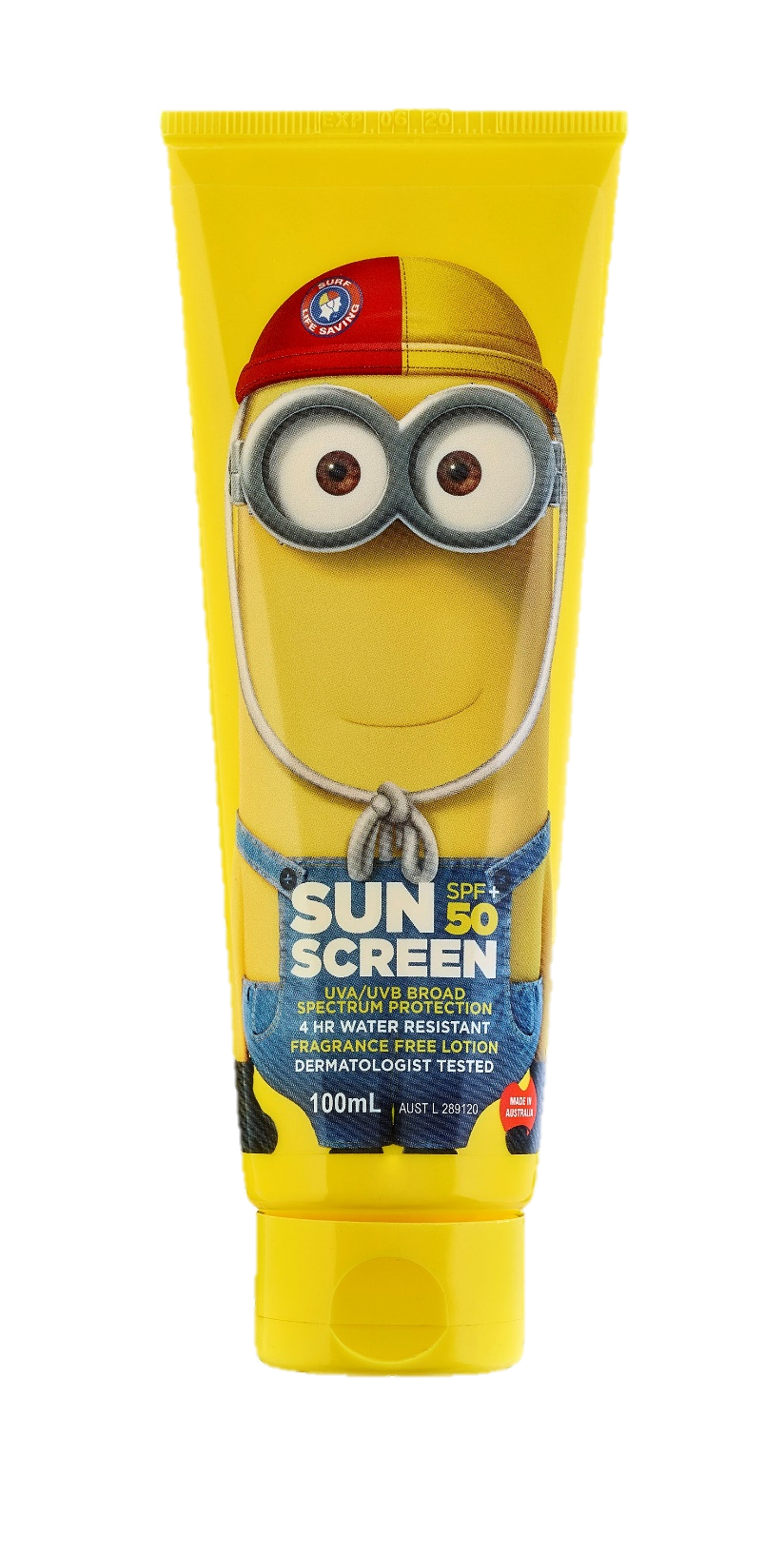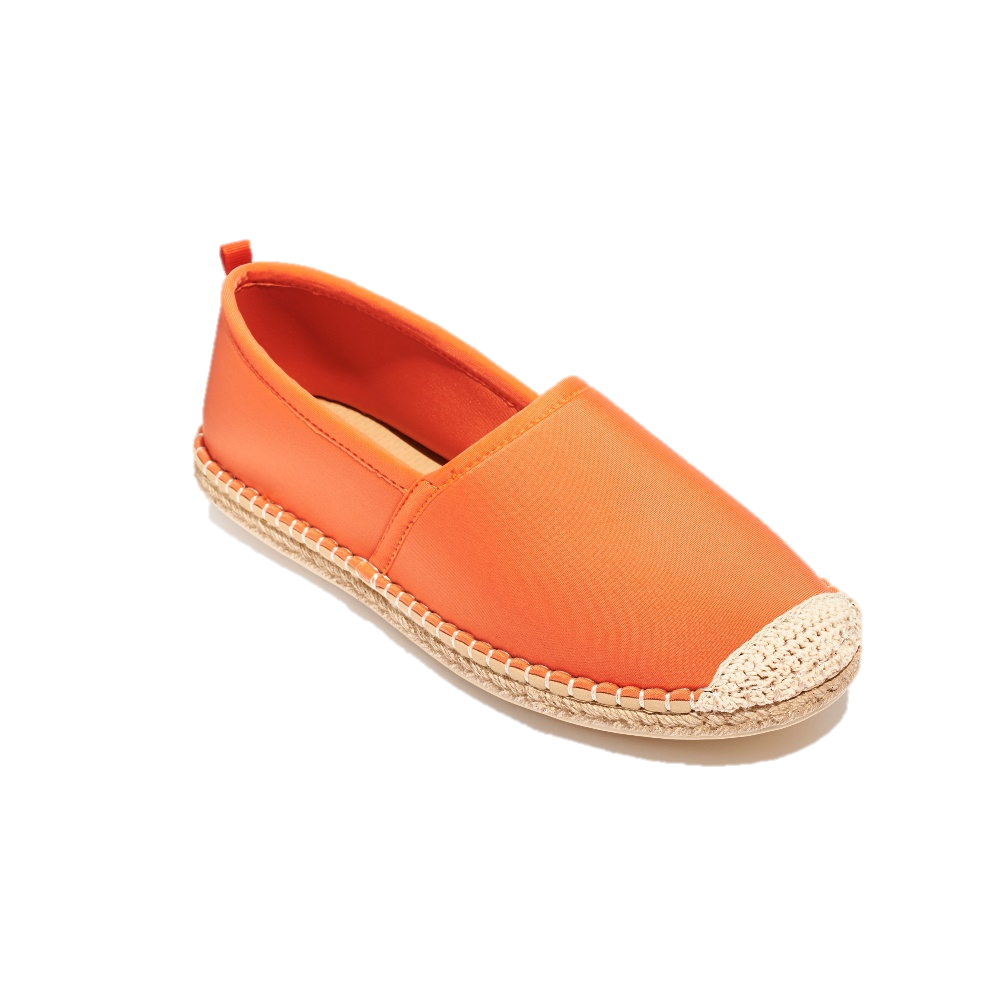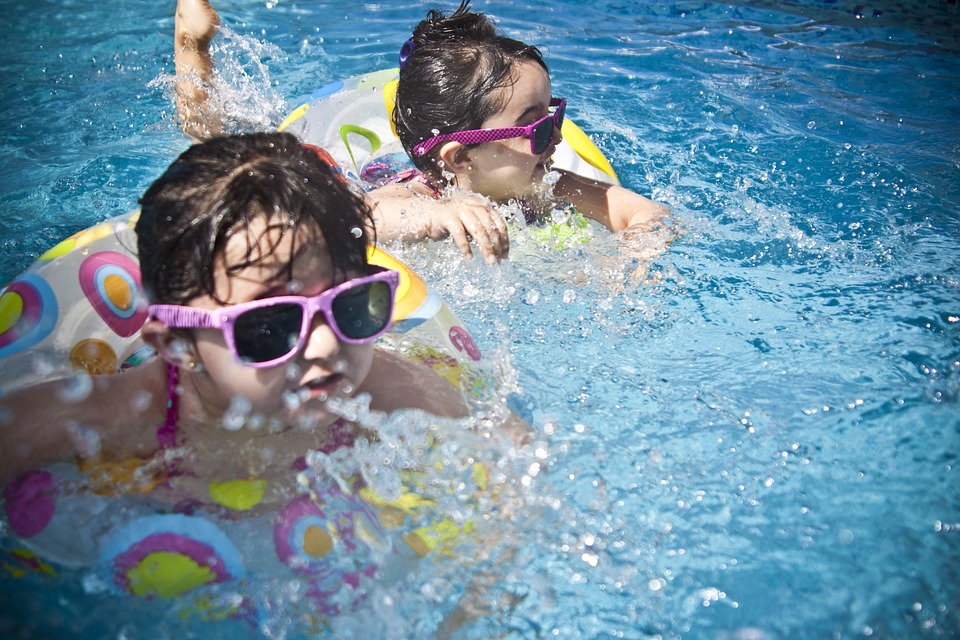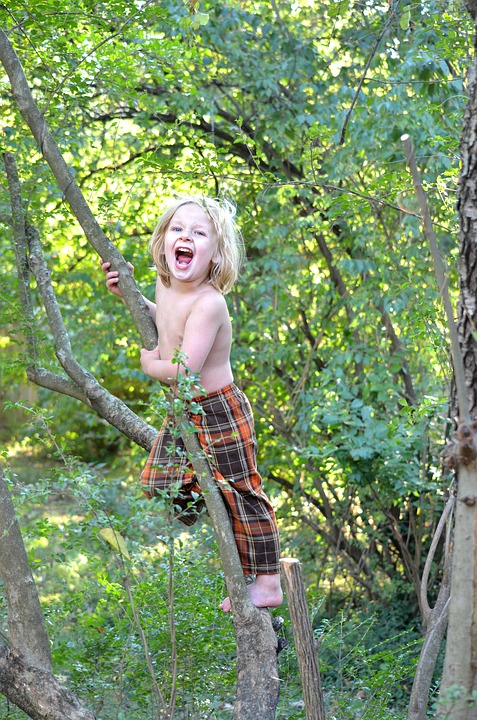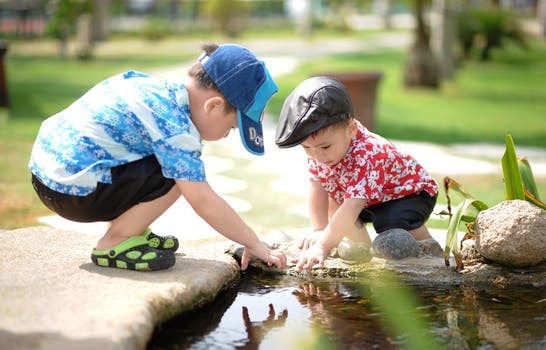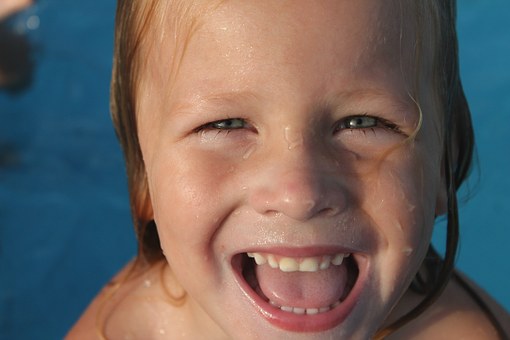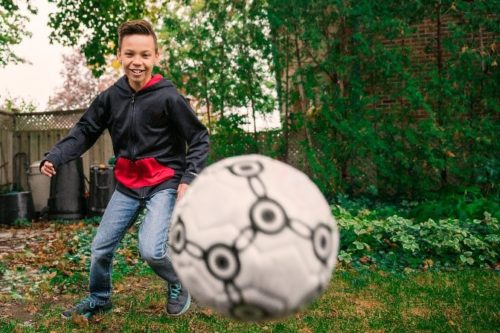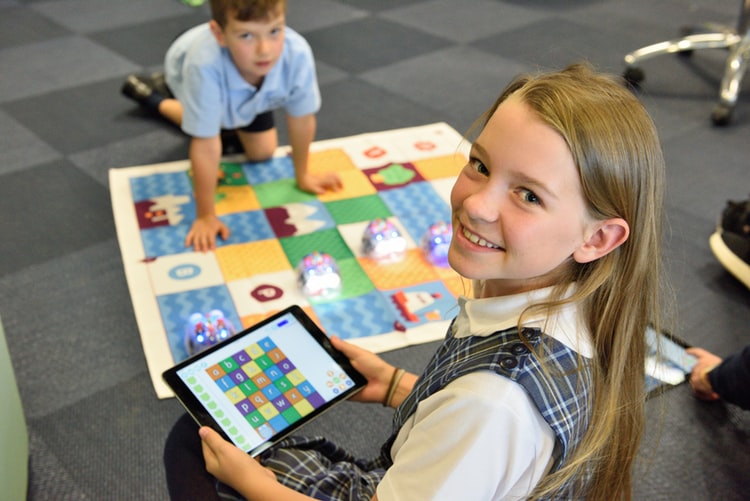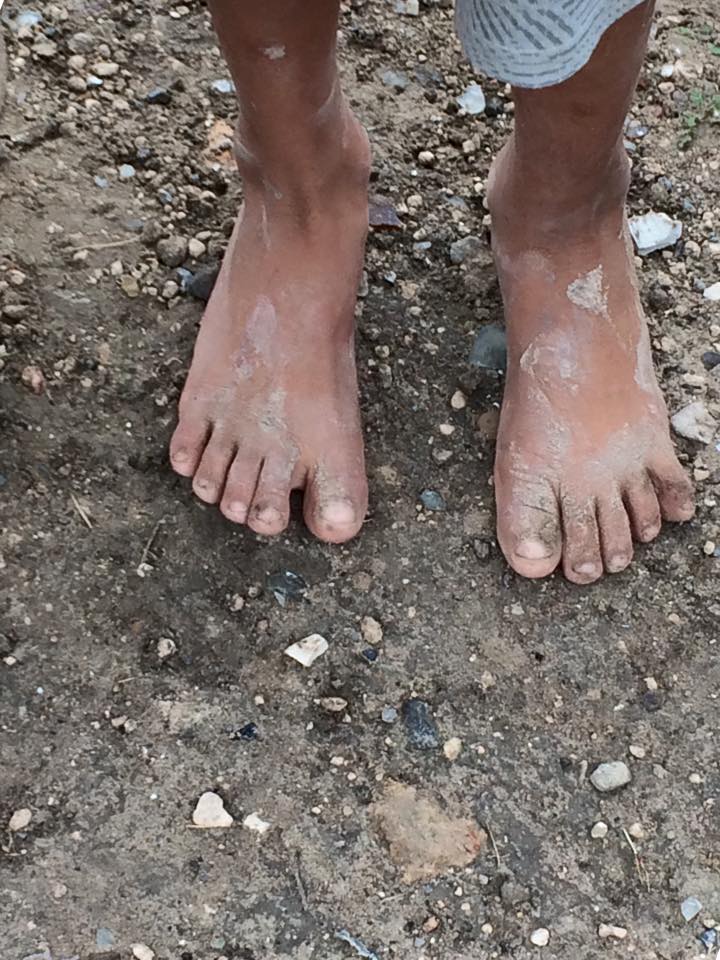Community Educator at Ngala, Stephanie Fairbairn, explores some reasons toddlers become averse to vegetables, and suggests some strategies for getting them to eat more greens.
Have you ever wondered why your once-vegetable-loving baby turned into a vege-phobic toddler at around 14-18 months of age? Why does this happen, and how can we get them back on track with their greens?
Firstly, developmentally, toddlers have a growing sense of independence and this self-determination can also sometimes affect their food preferences. They push boundaries and some tend to say “no” a lot.
Scientists studying behaviour and evolutionary adaptation have proposed some fascinating possible reasons for this. In other words, how humans adapted to their environment in order to survive. Scientists have put forward the idea that babies being carried by an adult in the ancient savannah were relatively safe from harm and potential hazards, but as soon as they became mobile and independent, self-protecting behaviours had to kick in to prevent them from putting anything and everything into their mouths.
This applies particularly to green vegetables. Spinach, broccoli and other green leafy veg possess a group of chemical compounds that provide an ‘alkaloid’ taste – think of the smell when we’ve left the brussel sprouts on too long. Plants have sophisticated defence mechanisms, like spikes, thorns, stingers and chemical poisons to dissuade from being eaten, and many poisons have bitterness as a hallmark taste whereas sweetness tends to be ‘safe’, like breast milk – hence our preference for sweet tastes. The aversion to bitter taste is heightened at toddlerhood, to alert them to potentially harmful things to eat.

The aversion to bitter taste is heightened at toddlerhood, to alert them to potentially harmful things to eat.
To test this theory, researchers from Yale University in the US conducted an experiment with toddlers, looking at how they interacted with non-food items like wooden spoons, metal toys and cardboard, compared to green leafy plants. They found that the toddlers were significantly less likely to touch the green leafy items compared to the other objects, and took longer to reach out to them. There is also research to show that humans are likely to possess a gene that makes us particularly sensitive to detecting bitterness from our taste receptors. As children have more taste sensitivity than adults by nature of their age, adults may not taste flavours as sensitively as children.
All this is very interesting, but how do we overcome the battle to get our toddlers to eat their greens? There are several strategies that we can put into practice:
- What tends to work in the long term so that we enjoy our five vegetables and two fruit a day later in life, is for parents to be seen to role model eating a variety of vegetables and fruit at mealtimes and snacks. You may have noticed already that your toddler copies your actions; what you say, do, and items you use (think mobile phones!). You may have also noticed that there are times they eat food off your plate that they would never eat off their own, this is down to feeling safe to eat food you eat.
- Have a fruit bowl in the middle of the table for visibility and accessibility. Think creatively about how you prepare and serve vegetables – cut them in different shapes, use a crinkle cutter, keep vegetables raw rather than cooked, use a dip or sauce, get your toddler to help you wash vegetables and put them on a plate.
- Be persistent and patient – it can take many times presenting the food to your toddler before it’s accepted.
- Let your toddler help themselves from a serving plate on the table.
- Grow something simple like herbs or tomatoes with your toddler – it’s worth the effort and they learn along the way.
- Google it! If you are fresh out of ideas pick the brains of millions of others who have gone before. Pinterest and image sites are a good resource for triggering your imagination and creativity.
- Offer healthy foods and snacks. If your toddler refuses to eat their vegetables, it does not mean they get rewarded with non-healthy food.
- Relax! We are working towards a long-term habit not a mandatory daily chore. Vegetable success will only come when your child gets there in his own time.
- Remember, toddler’s tummies are tiny – appropriate servings at this age are two vegetable and two fruit a day – about the size of their own fist.

Remember, toddler’s tummies are tiny – appropriate servings at this age are two vegetable and two fruit a day – about the size of their own fist.
Unhelpful strategies include:
- Force feeding: You might win the battle, but you lose the war in the longer term.
- Cheerleading! Parents who get really excited their two-year-old has finally put the broccoli up to their mouth should not be surprised that this overly emotional response encourages the toddler to press their emotional buttons by putting it down again. It’s a great game!
- Bribing: ‘If you eat your carrots now, you get ice-cream later’ – this will tend to create a negative association that ‘I have to eat the nasty stuff to get the good stuff’.
- Telling a toddler that a particular vegetable is good for them and therefore they should eat it. You can try this strategy, but toddlers are not that easily convinced – and it may become the trigger sentence that reinforces an automatic ‘No’.
Check out further information and parenting workshops at www.ngala.com.au






